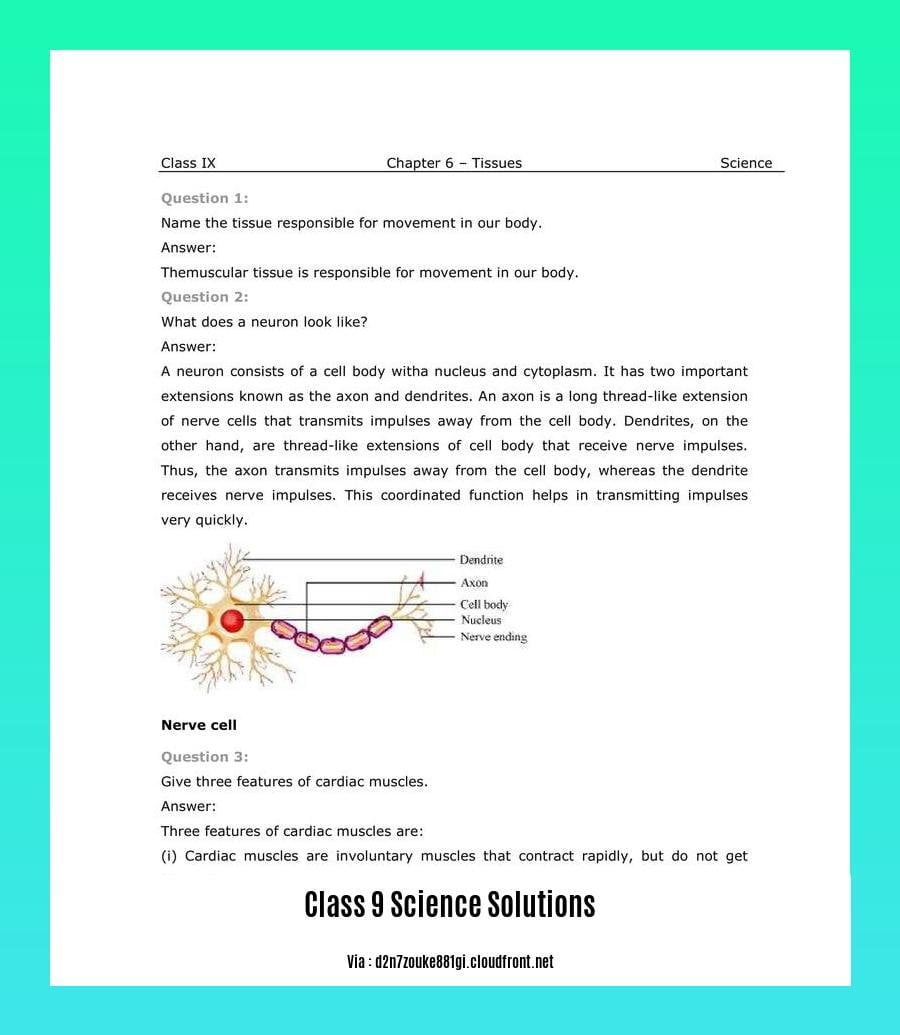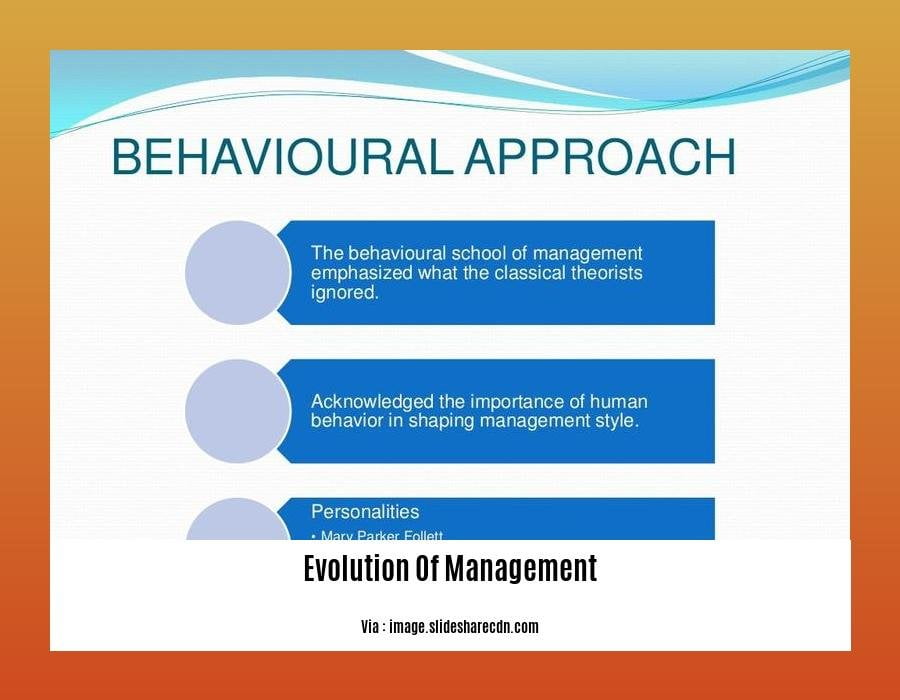Teachers face the constant challenge of balancing engaging lesson planning with the demands of grading, classroom management, and more. Teachy AI emerges as a potential solution, offering a suite of AI-powered tools designed to alleviate these burdens. This guide, incorporating elements of a review, will explore Teachy AI’s functionality, potential benefits, and drawbacks, helping educators determine if it’s the right fit for their classrooms. Master the art of chemical reactions with this insightful science balancing equations worksheet.
Unveiling Teachy AI’s Capabilities
Teachy AI promises to transform lesson planning and assessment from time-consuming chores into streamlined processes. Imagine a virtual assistant tirelessly compiling resources, customizing lessons, and even generating assessments. This platform boasts a vast library of over 200,000 questions and 40,000 pre-built lesson plans, providing a rich foundation for educators. Beyond this static collection, Teachy AI offers dynamic tools for creating lessons from scratch, modifying existing ones, and automating assessment creation. This potentially frees up valuable time for teachers to focus on student interaction and individualized instruction. Quickly and efficiently assess phonics skills using this invaluable quick phonics screener.
Teachy AI vs. the Competition
In the ever-evolving landscape of educational technology, Teachy AI faces competition from platforms like TeachMate AI. While both leverage artificial intelligence, their focus differs. Teachy AI emphasizes content breadth and customization, offering a vast library of resources. TeachMate AI, on the other hand, prioritizes time-saving functionalities. The optimal choice depends on individual teacher needs and preferences.
| Feature | Teachy AI | TeachMate AI |
|---|---|---|
| Content Library | 200,000+ questions, 40,000+ plans | Information not readily available |
| Primary Focus | Content & Customization | Time-Saving |
| Target Audience | Teachers | Teachers & School Administrators |
Further research may reveal additional distinctions in features, pricing, and user experience.
Practical Applications of Teachy AI
Consider a history lesson on the Roman Empire. Teachy AI could generate a basic lesson framework, complete with discussion prompts and interactive activities. Need a quick assessment? The platform can generate quizzes and tests in minutes, streamlining the evaluation process. This efficiency allows teachers to dedicate more time to engaging with students and fostering a dynamic learning environment.
Cost and Accessibility
While Teachy AI’s potential is compelling, cost remains a significant factor for educators. A thorough examination of pricing plans, free trials, and freemium options is crucial. Accessibility is paramount in educational technology, and affordability plays a significant role in widespread adoption.
Benefits for Students
While primarily designed for educators, Teachy AI indirectly benefits students through potentially more engaging lessons and streamlined assessments. This can contribute to a more dynamic and effective learning environment. Further investigation into student-specific features, such as personalized learning modules, would provide a more complete picture of the student experience.
Maximizing Teachy AI’s Potential
Here are some strategies to optimize the Teachy AI experience:
- Start with Pre-Made Lessons: Explore and customize the extensive library of existing lesson plans.
- Utilize the Question Bank: Leverage the question bank for creating engaging assessments and sparking classroom discussions.
- Experiment with Assessments: Explore various assessment formats, from traditional quizzes to interactive evaluations.
Teachy AI offers a compelling vision for the future of education. By empowering teachers with efficient tools, it aims to enhance the learning experience for both educators and students. Exploring the platform’s features firsthand and taking advantage of any available free trials is essential for determining if Teachy AI aligns with your specific needs and teaching style.
What is Teacher AI?
Teacher AI encompasses a collection of software tools designed to support educators across various tasks. These tools can range from automating administrative duties and generating lesson plans to personalizing learning experiences and enhancing student engagement. Teacher AI functions as a virtual assistant, streamlining tasks and providing data-driven insights. Some experts suggest that focusing on developing AI systems that complement human interaction will yield the most promising results.
Revolutionizing the Classroom
Teacher AI has the potential to reshape education by:
- Automating Tedious Tasks: Grading, lesson planning, and administrative work can be automated, giving teachers more time for direct student interaction.
- Personalizing Learning: AI algorithms can analyze student data to tailor learning paths and provide individualized support.
- Providing Data-Driven Insights: AI can track student progress and identify areas where individual students might need extra help, enabling teachers to provide targeted interventions.
Addressing the Challenges
While the potential benefits are substantial, ethical considerations like data privacy and algorithmic bias must be addressed. Adequate teacher training is essential for effective implementation and addressing these complex issues. Ongoing research investigating the long-term effects of AI in education is crucial.
Examples of Teacher AI in Action:
| Platform | Focus | Key Benefit |
|---|---|---|
| Teachy | Lesson planning, communication, student engagement | Streamlined workflow, personalized learning |
| TeachMate AI | Content creation, lesson plan development | High-quality resources, efficient planning |
| LessonUp | Interactive lesson design | Increased engagement, dynamic learning activities |
The Future of Learning: A Collaborative Approach
Teacher AI isn’t about replacing teachers; it’s about empowering them with tools to create more effective and engaging learning environments. The future likely involves a blended approach, combining the strengths of AI with the irreplaceable human element in education.
What is the Best Homework AI?
The “best” AI homework helper depends on individual needs. Some resemble versatile Swiss Army knives, while others are specialized for specific tasks.
Types of AI Homework Assistants
- Comprehensive Platforms: Resources like Khan Academy, Wolfram Alpha, and Chegg offer broad subject coverage and in-depth explanations.
- Specialized Tools: Tools like Photomath (math), Grammarly (writing), and Quizlet (vocabulary) cater to specific subjects and skills.
- Community-Driven Solutions: Platforms like Brainly leverage community knowledge, enabling students to collaborate and share solutions. AI plays a role in organizing and filtering this information.
Weighing the Pros and Cons
Advantages:
- Enhanced efficiency and time management
- Personalized learning experiences
- 24/7 availability
Disadvantages:
- Potential for misuse (cheating)
- Risk of over-reliance
- Accuracy concerns
Ethical Use and the Future of Homework
AI homework tools should be used responsibly, focusing on understanding, not just acquiring answers. Educators must adapt to the changing landscape and address challenges like plagiarism detection with tools like Mentafy. The future of homework likely involves personalized assignments, adaptive learning, and AI-powered feedback.
| Feature | Comprehensive Platforms | Specialized Tools | Community-Driven Solutions |
|---|---|---|---|
| Subject Coverage | Broad | Specific | Varies |
| Examples | Khan Academy, Chegg | Photomath, Grammarly | Brainly |
| Best For | Overall assistance | Targeted needs | Collaborative learning |
What is AI for Autism Education?
AI is transforming autism education by offering personalized learning experiences, enhancing communication, and empowering educators with data-driven insights.
Personalized Learning and Communication
AI algorithms can create customized learning plans, adapting to individual learning styles and challenges. AI-powered AAC devices and speech recognition tools are bridging communication gaps, providing a voice to nonverbal learners and enhancing language development.
Social and Emotional Support
AI-driven virtual environments and social robots offer safe spaces to practice social skills. Emotion recognition systems are helping autistic individuals understand and manage emotions.
Early Intervention and Data-Driven Instruction
AI shows promise in early autism identification, enabling timely interventions. AI also provides educators with data-driven insights to personalize instruction and optimize learning outcomes. Ongoing research suggests further possibilities for integration.
Ethical Considerations
While the potential benefits are substantial, ethical considerations regarding data privacy, algorithmic bias, and equitable access to technology must be addressed.
| Feature of AI in Autism Education | Benefits | Potential Concerns |
|---|---|---|
| Personalized Learning | Tailored instruction | Data privacy |
| Communication Support | Enhanced expression | Accessibility |
| Social Skills Development | Safe practice | Ethical concerns |
| Emotional Regulation Support | Improved self-awareness | Accuracy of recognition |
| Early Diagnosis & Intervention | Earlier identification | Potential for stigma |
| Data-Driven Instruction | Personalized support | Data interpretation skills |
AI in autism education is an evolving field with immense potential. Ongoing research and ethical implementation are crucial for maximizing positive change in the lives of autistic learners.
- HelpCare Plus: Revolutionizing Affordable and Accessible Healthcare - December 29, 2024
- Boom & Bucket: Your Digital Marketplace for Used Heavy Equipment - December 28, 2024
- Ankle Bones Crossword Clue: Solutions, Tips & Anatomical Insights - December 28, 2024














